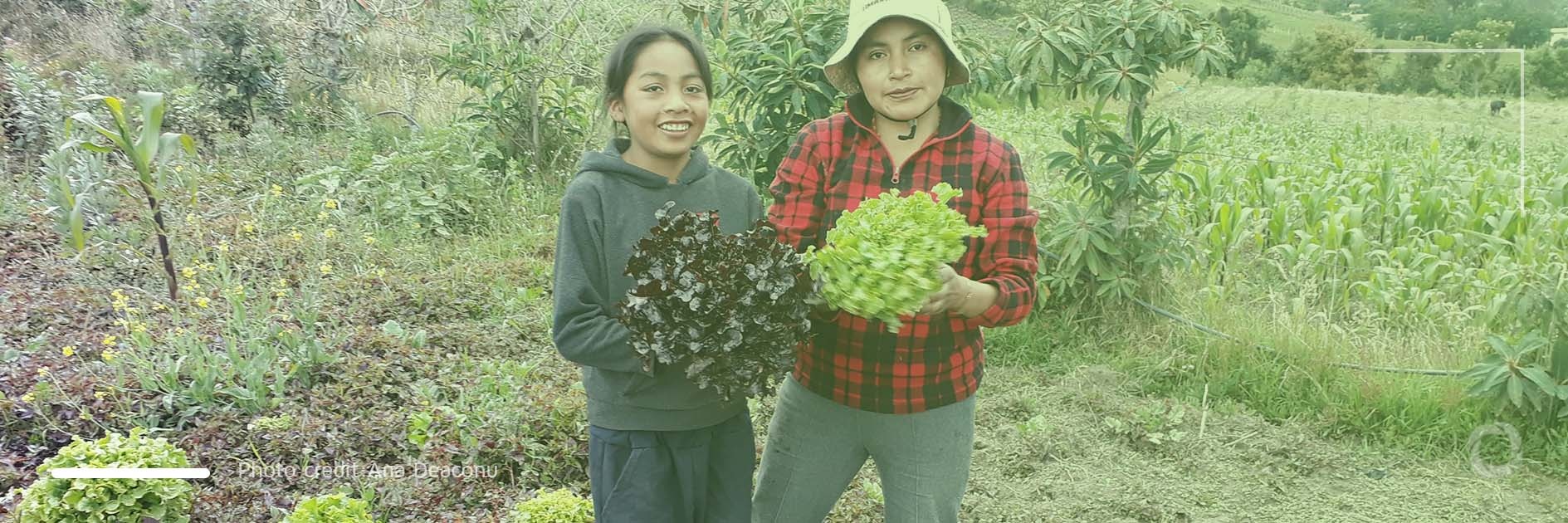Malnutrition is one of the health problems that affect millions of people all over the world including both low and high-income countries. The deficiency and excess of certain nutrients is not however exclusively of concern to nutritionists, it is an issue that relates to existing food systems and access to different types of food. In an exclusive interview with DevelopmentAid, Ana Deaconu, an expert in public health and nutrition, explains why addressing malnutrition requires a cross-sectoral approach to food systems and how agroecology contributes to the development of healthy diets among farmers themselves, and consequently among consumers, ultimately helping to transform the current food systems into fair and sustainable structures.
Malnutrition is part of an unhealthy food system
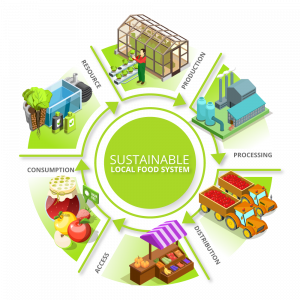
Food security is imperative but healthy diets mean much more than sufficient food. The state of ‘Food Security and Nutrition in the World’ published by several international organizations including the Food and Agriculture Organization of the United Nations (FAO) in 2021, reports that both hunger and undernourishment (a deficiency of nutrients) increased in 2020. Thus, ‘the prevalence of undernourishment increased from 8.4 to around 9.9 percent in just one year’.
Healthy nutrition and balanced diets are tightly linked to the way that food is produced, transported, and distributed and therefore depend on the underlying food systems. (see Fig.1).
In a conversation with DevelopmentAid, Ana Deaconu, an expert from the CIENS¹ research group within Transnut², WHO Collaborating Centre on Nutrition Changes and Development, Université de Montréal, shed some light on the problem of the double burden of malnutrition while revealing ways to overcome this and to improve both the public health and the health of the supporting food systems.
According to Ana Deaconu, the double burden problem arises when people experience micronutrient deficiencies, such as anaemia or a deficiency of Vitamin A, zinc, or iron, while at the same time suffering problems such as overweight and obesity which are linked to excesses of certain other nutrients such as sodium or simple sugars. This issue is most prevalent in low and middle-income countries although it can also even be found in some high-income countries.
“The problem that results from it is more than the sum of its two parts because if you are stunted and you are now overweight, you actually have a higher likelihood of developing diabetes, hypertension or other chronic diseases than someone who is equally overweight but who doesn’t have a history of malnutrition in the past,” emphasizes Ana.
According to Ana, a systemic approach to malnutrition problem is crucial:
“We work from a food systems’ perspective. Although we are talking about nutrition problems, most often it isn’t the nutritionist who is going to give you a solution. It is not about telling people what their diet needs to be. We are talking about sustainable livelihoods, addressing the problem of ultra-processed food or marketing, or food that is available in the environment.”
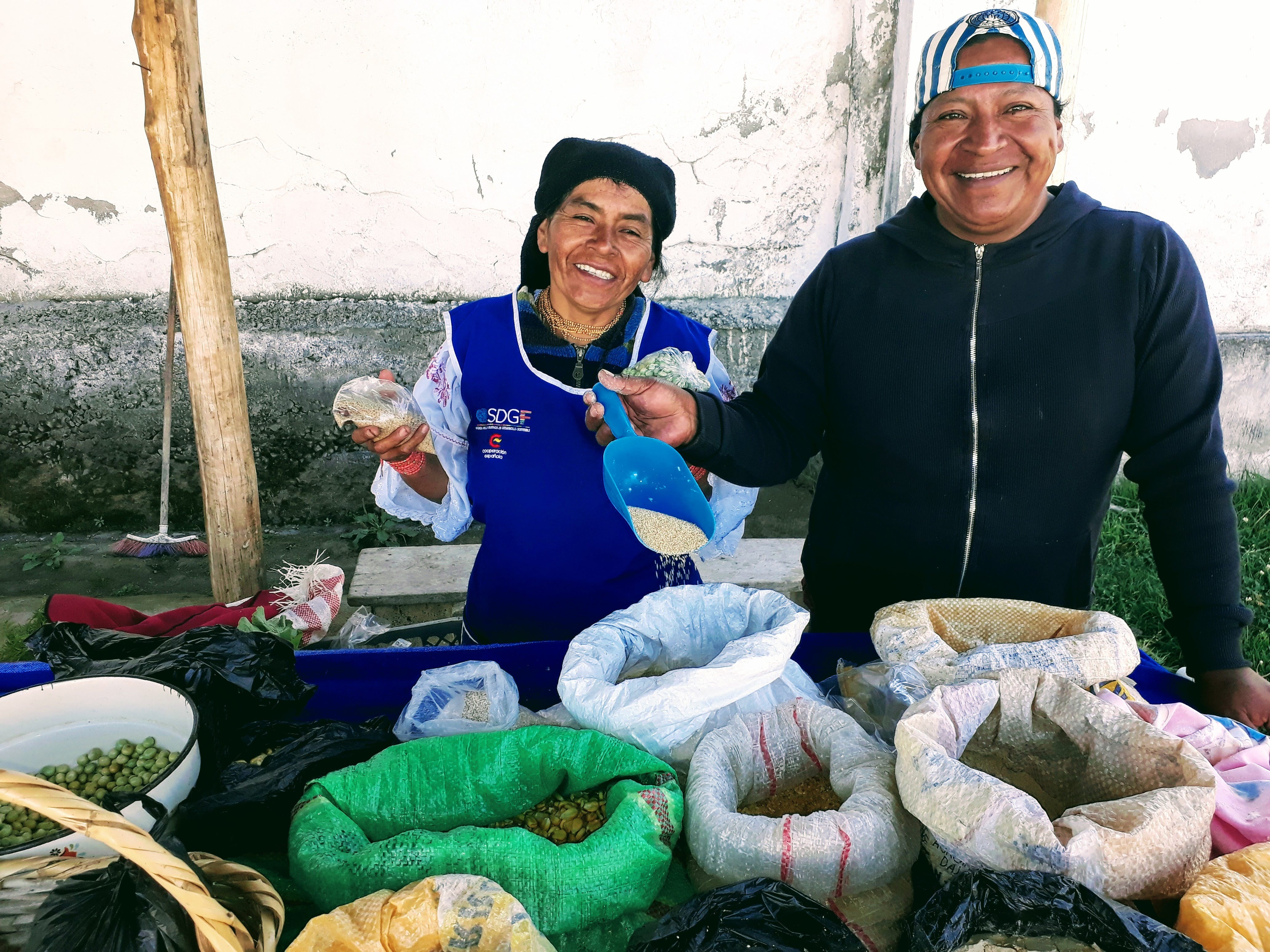
Small-scale and family farmers are the first consumers of the food they grow. Nevertheless, they often have limited access to the nutrients needed to be healthy or, even if they do have access, they might sell the products that are more nutritious instead of eating them themselves. At the same time, they have access to cheap calories such as sugars or processed and ultra-processed food.
Because of the policies that support large-scale production specializing in only one or a very few crops, “eventually you get to the situation where farmers, who are producers but also consumers, are growing a product for sale but they cannot eat only that one product, so they have to use their income to purchase food for themselves. Their income might not be sufficient to purchase nutritious food, so they tend to purchase quick and cheap calories that will fill up their stomach but will not nurture them in the way that is needed to create a healthy human body,” stresses Ana.
Ana goes on to explain that this problem is rooted in unbalanced food systems and an accumulation of several problems at different levels. These include diversification in agriculture, the food environment (e.g., the foods that people have access to), how food gets to consumers – through the local market or local versus global trade.
Pathways to develop healthy diets
In the work of Ana and her research unit, several problems relating to food systems are addressed. Agroecology is seen as an approach that can help to create sustainable and healthy food systems. Food systems rooted in agroecology give rise to diversified food production which is fair to farmers and healthier for them in the sense that they avoid exposure to pesticides but also develop more balanced diets.
See also: Agroecology – a solution to world food system’s failure
In a study in Ecuador, Ana together with other researchers found that agroecological farmers tend to develop healthier diets than conventional farmers through a number of pathways. Firstly, they concluded that agroecological farmers consume more of their own products than conventional farmers, making their diets more diversified and with less processed foods. As farmers eat more of their own production, they spend less money on food so therefore they can invest that money back into education or into production itself or are able to access higher-value food such as meat and dairy products. The third pathway is related to the social side of agroecology:
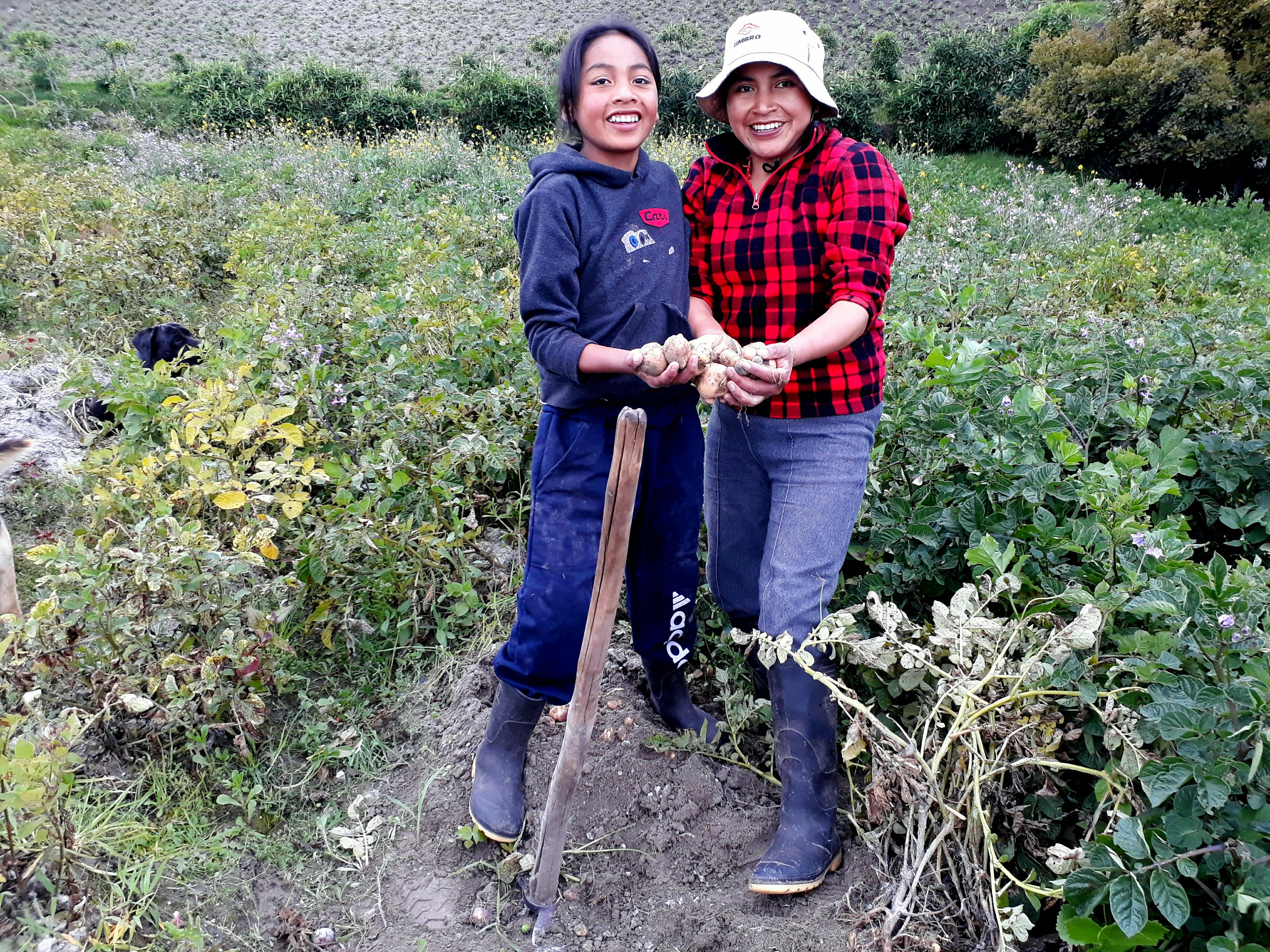
“Agroecology is a social movement. It is not an intervention that comes from abroad or from a government agency. So, because of its unique nature, farmers essentially develop an identity around agroecology and within this identity, there is a spread of ideas about what it means to eat in a healthy way,” says Ana.
More specifically, the spread of ideas and knowledge often happens as a result of women’s empowerment within the agroecological systems. Ana explains that in many households men work away from the farm or grow high cash crops while women are left at home to manage the household and do more of the garden type of farming and this brings a range of benefits to the family and to the community:
“Besides the women simply managing the farm, and them feeding the family – suddenly women are also participating in these agroecological markets, associations, and events related to agroecology, so they expand their social networks to be able to speak to the other farmers from outside of their communities as well as urban consumers, NGOs, and food activists. Suddenly they get a chance to exchange new ideas, obtain new knowledge and develop new concepts together. They bring it back to their families and communities and this is where we see how healthy ideas occur in agroecology.”
Thus, women’s empowerment in agroecology helps children to develop healthier food habits through practice-based rather than formal education as they simply learn by doing:
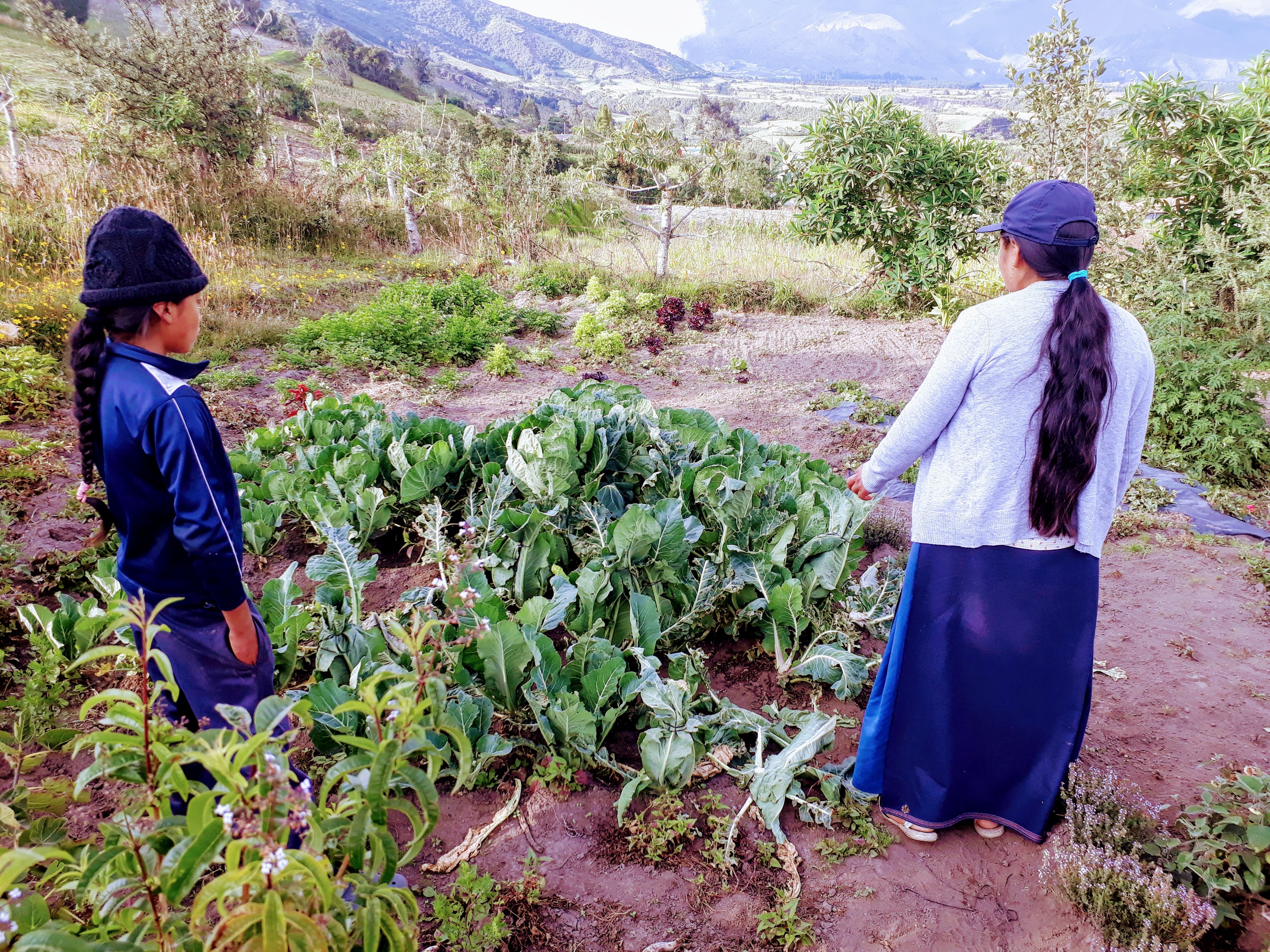
“Women are often in the role of feeding the family and so whatever ideas women develop about healthy eating will be passed along to the children as well as the other members of the family,” notes Ana.
Last but not the least, agroecology helps to develop healthier diets among non-farmer consumers which contribute to the health and resilience of local food systems and this, in turn, helps to improve nutrition at the system’s level:
“As a consumer who is purchasing agroecological foods, perhaps to avoid exposure to harmful pesticides, they are also contributing to the overall health of food systems because they are supporting the livelihoods of farmers who grow these diverse products and who are often the people who keep different food varieties alive.”
¹ CIENS – Canada Research Chair in Nutrition and Health Inequalities
² Transnut – The name comes from nutrition transition
